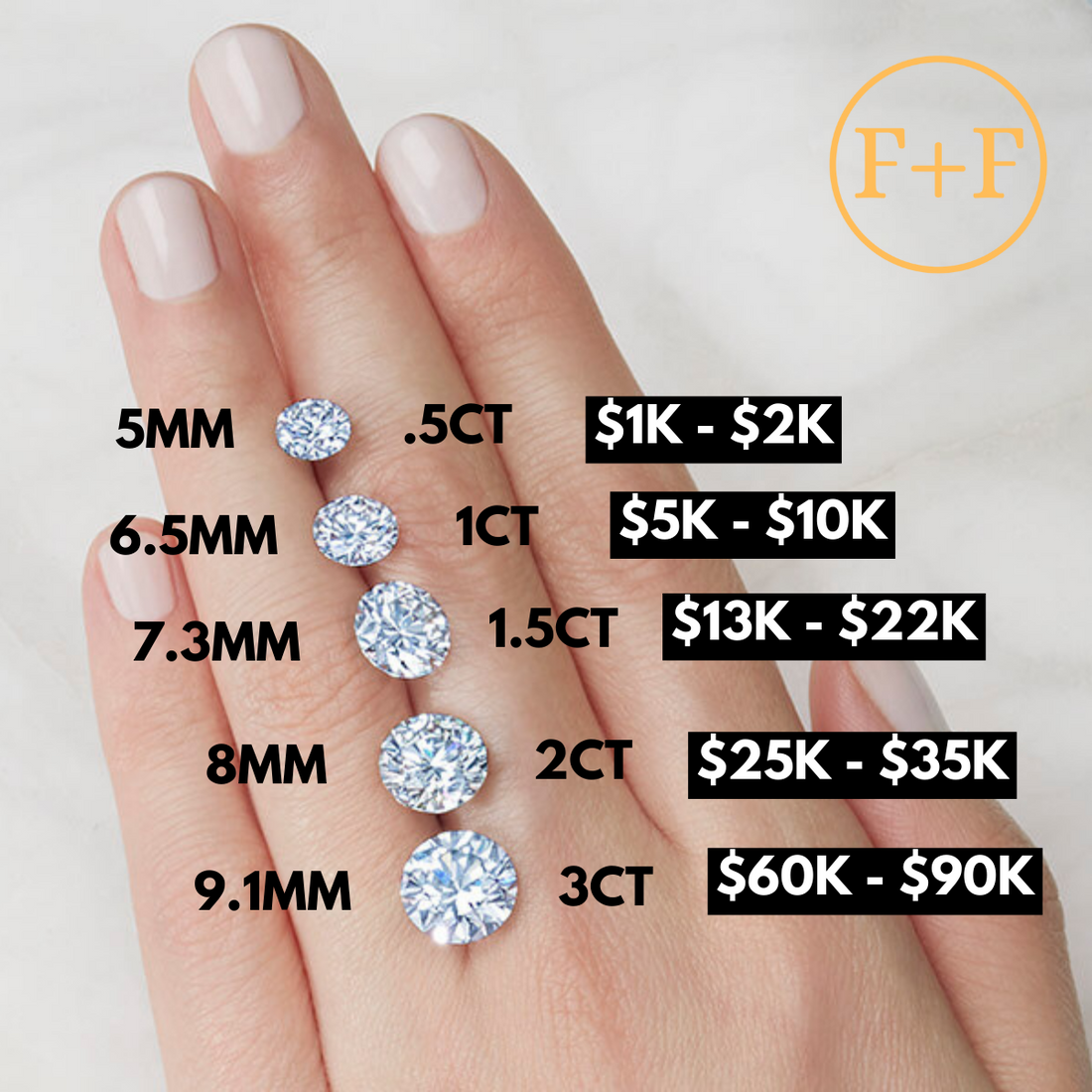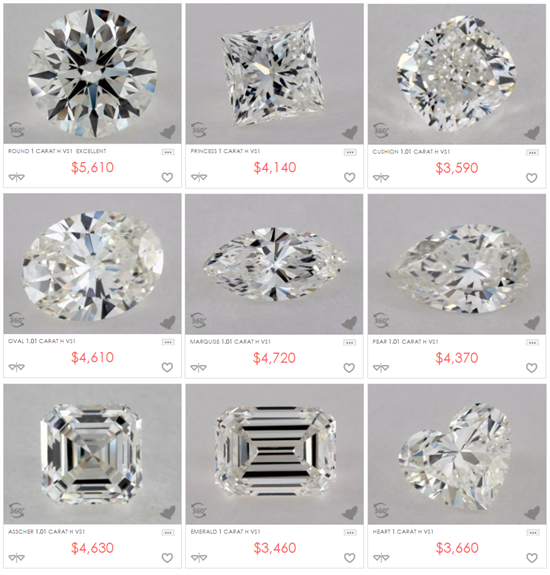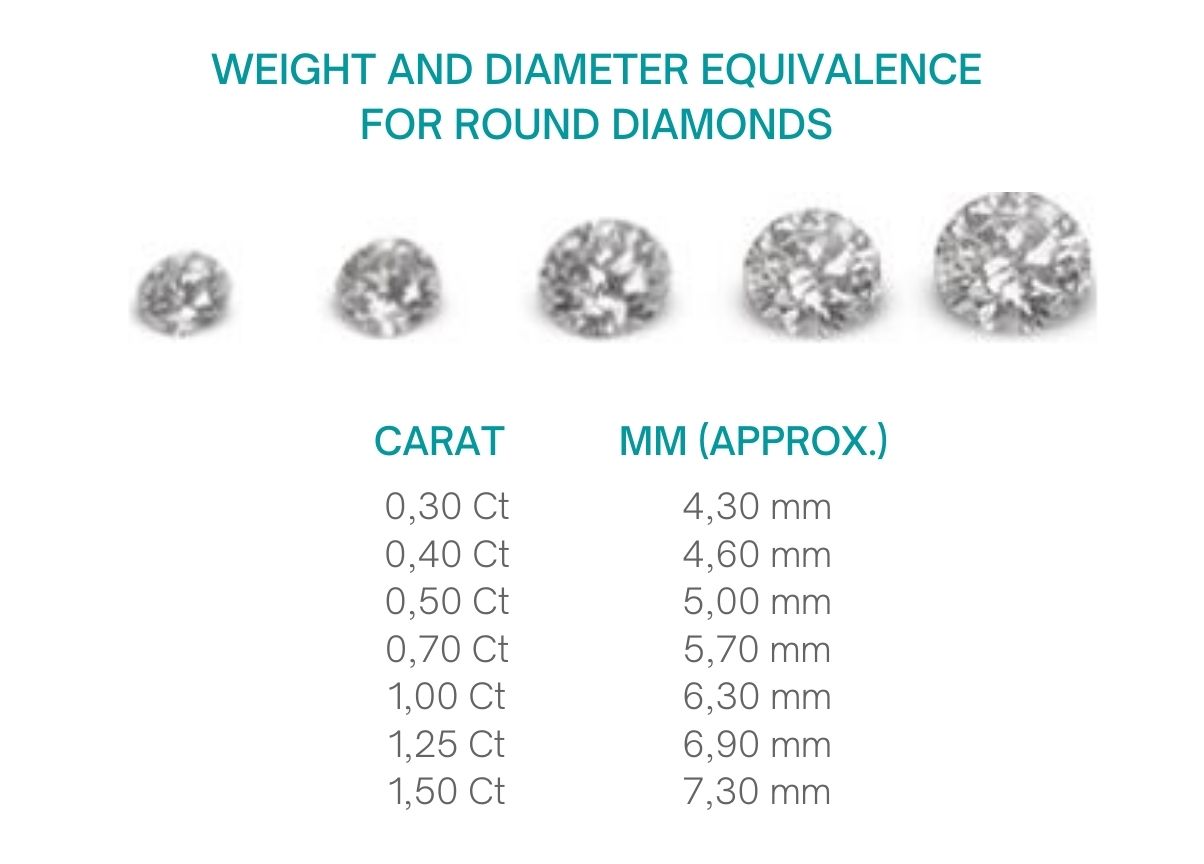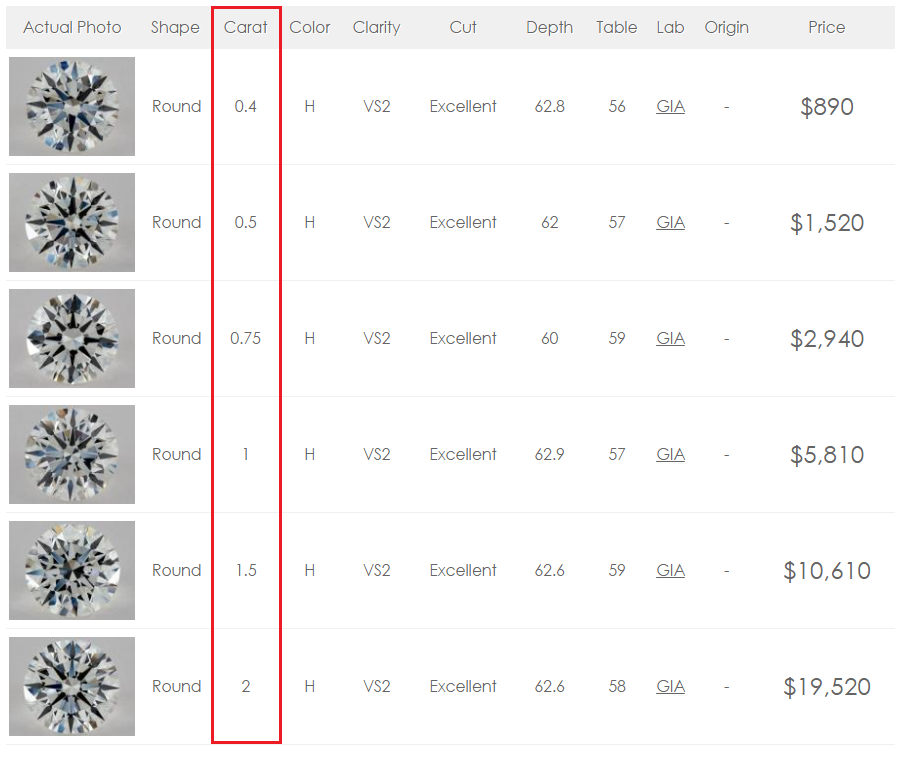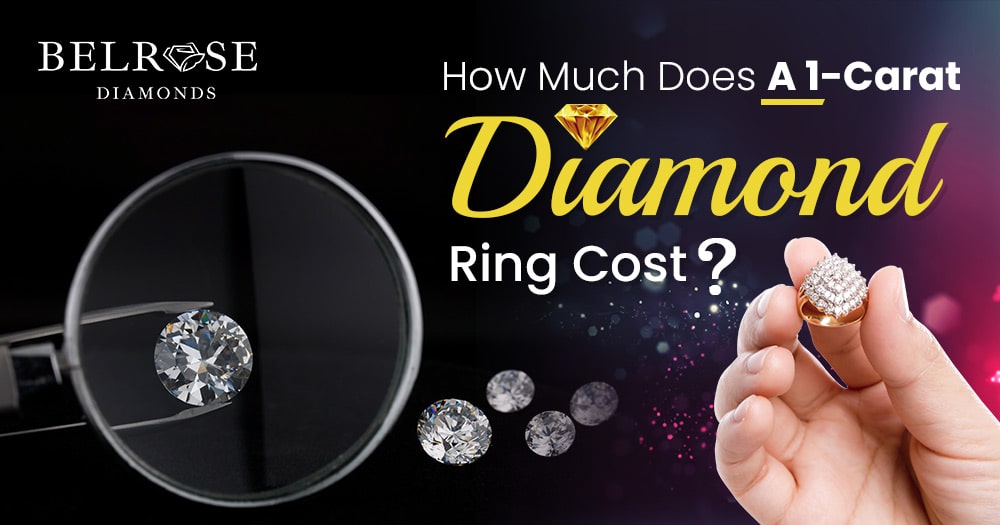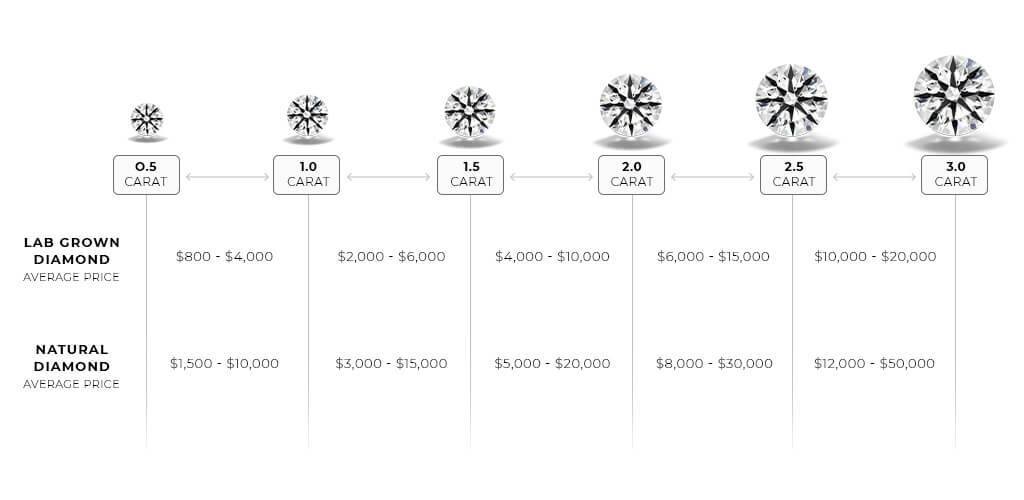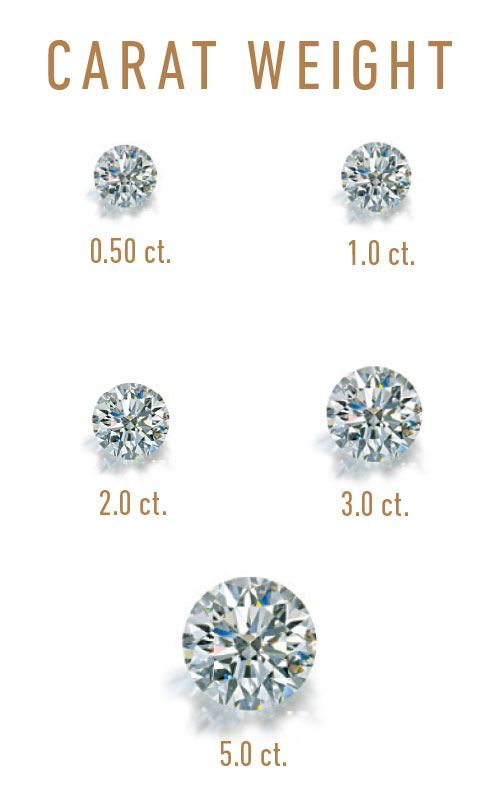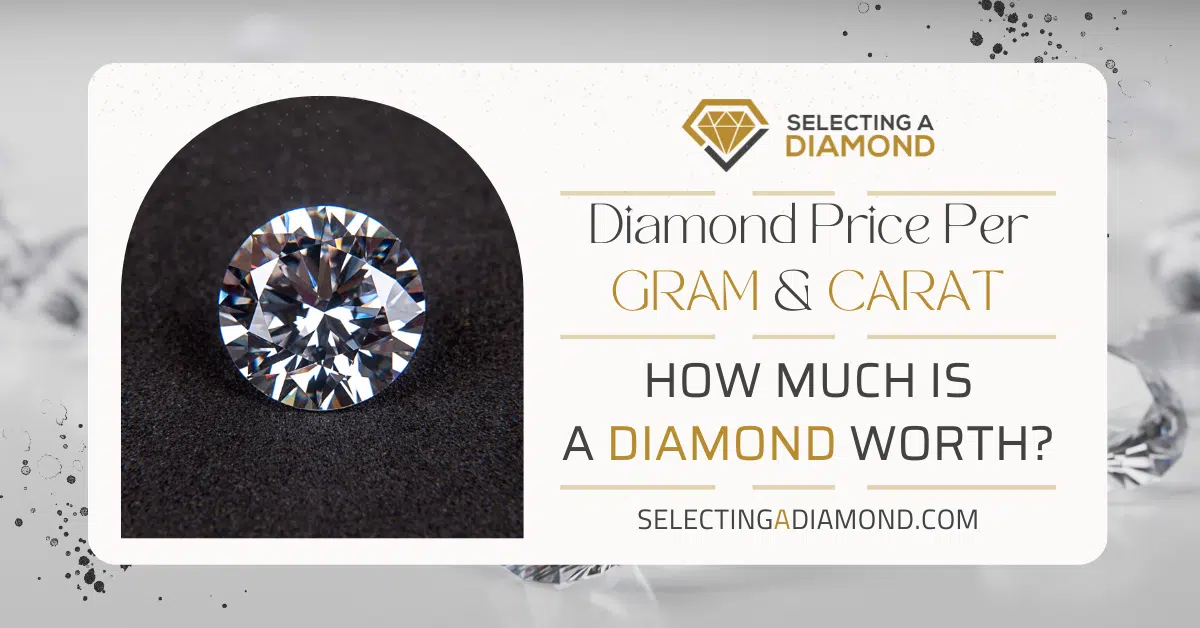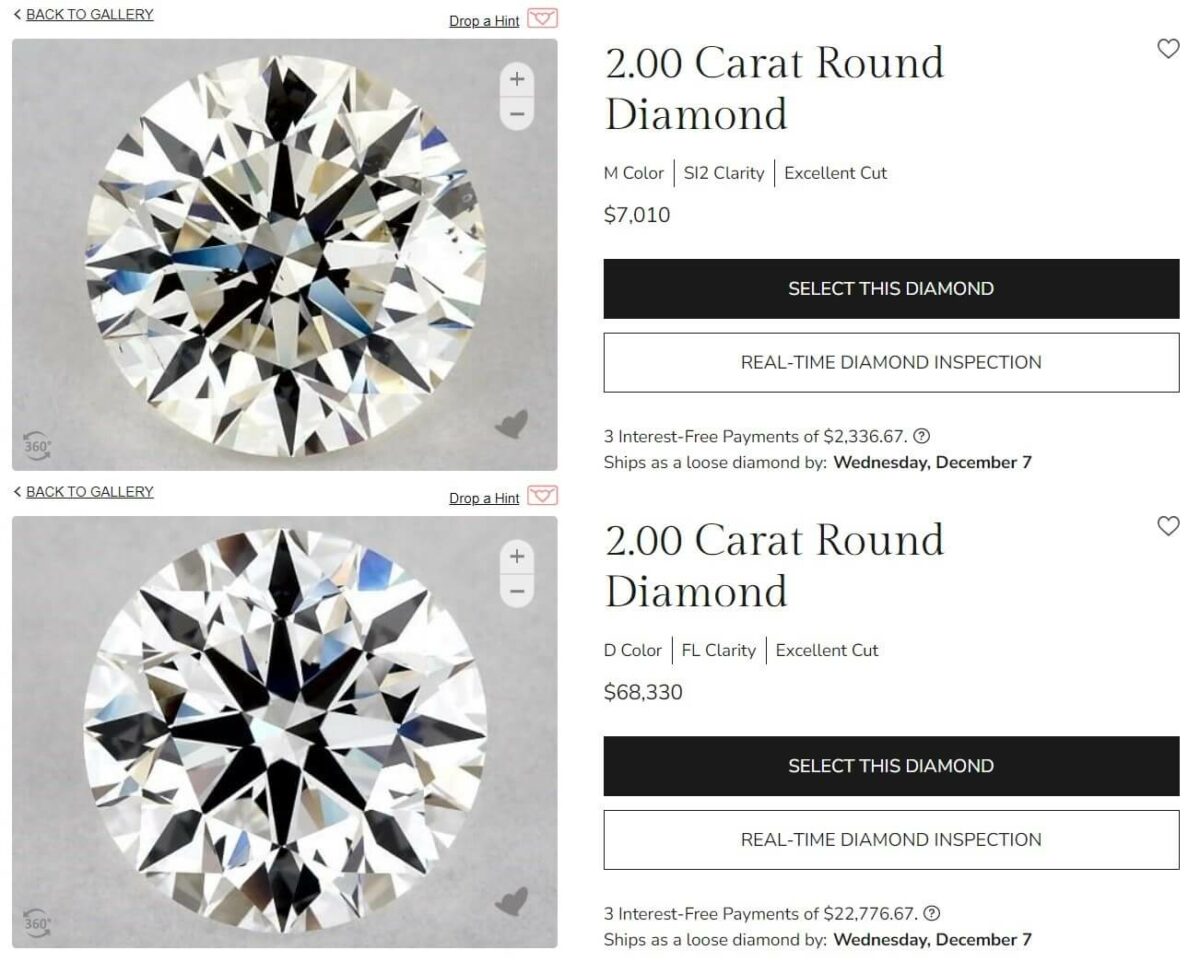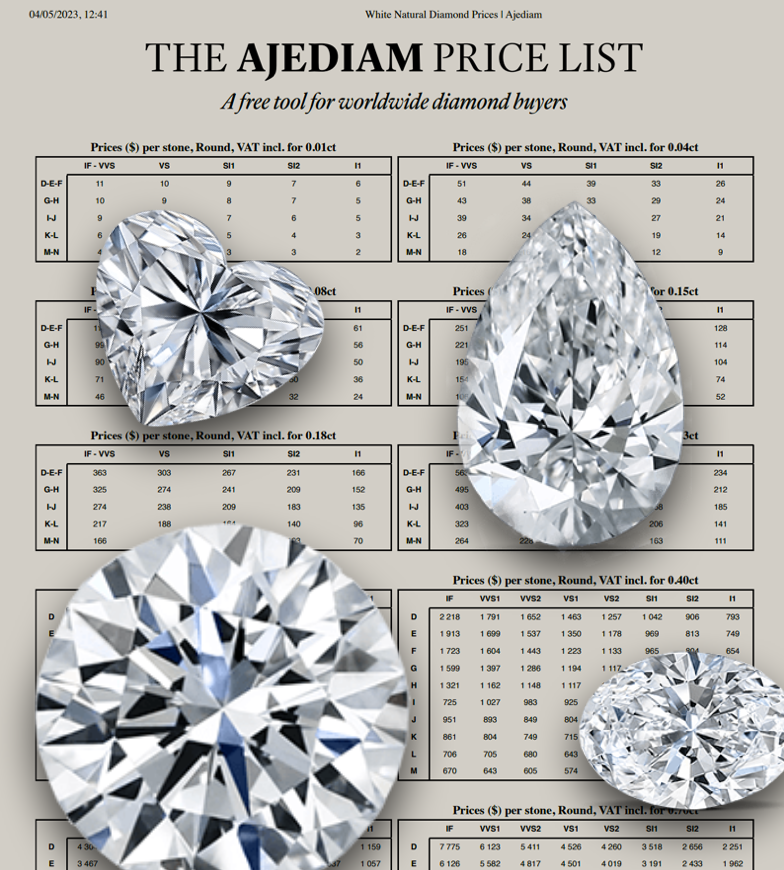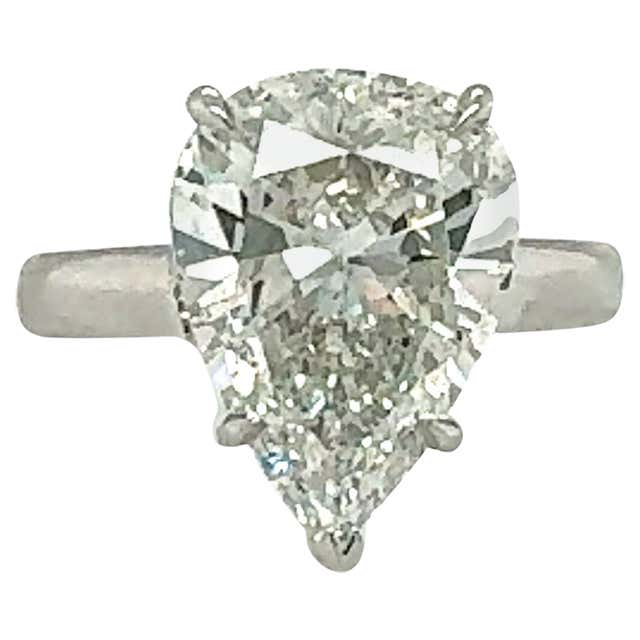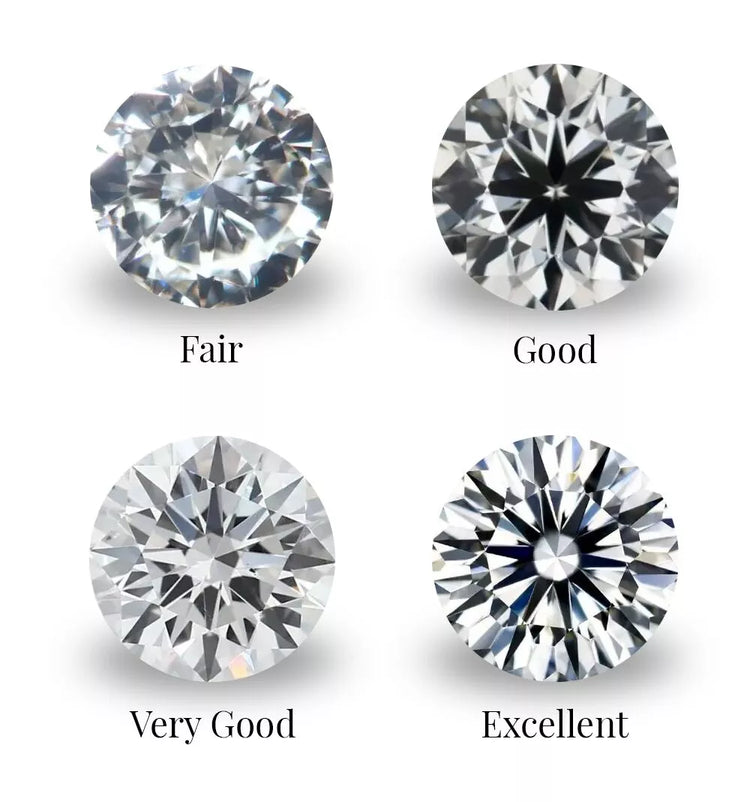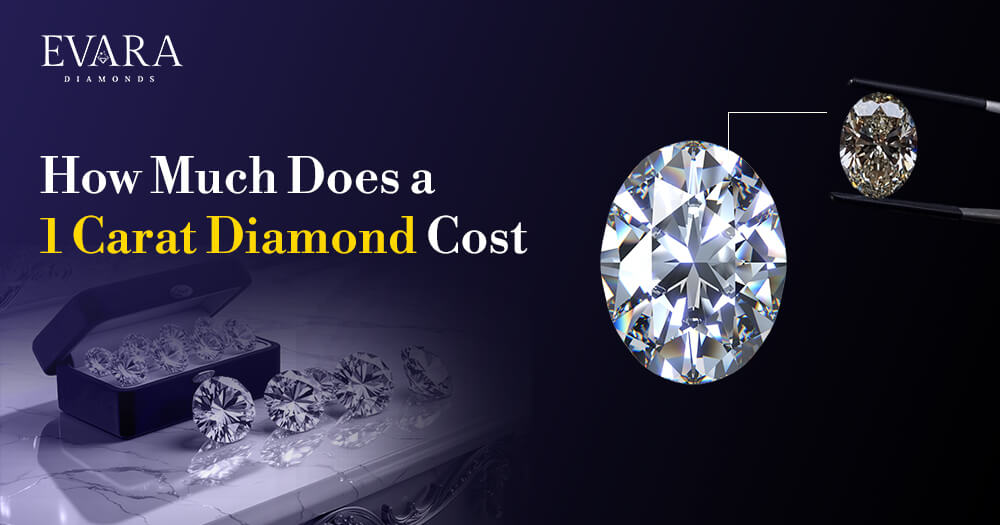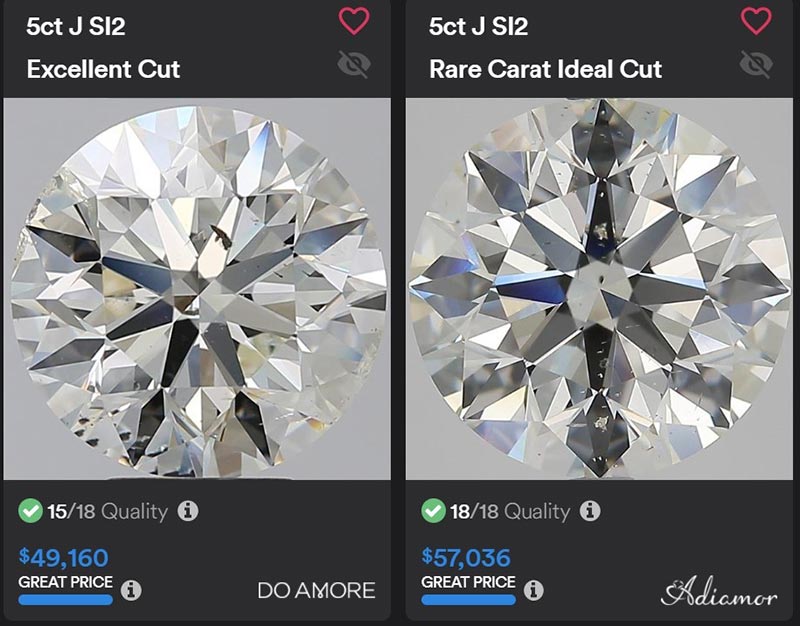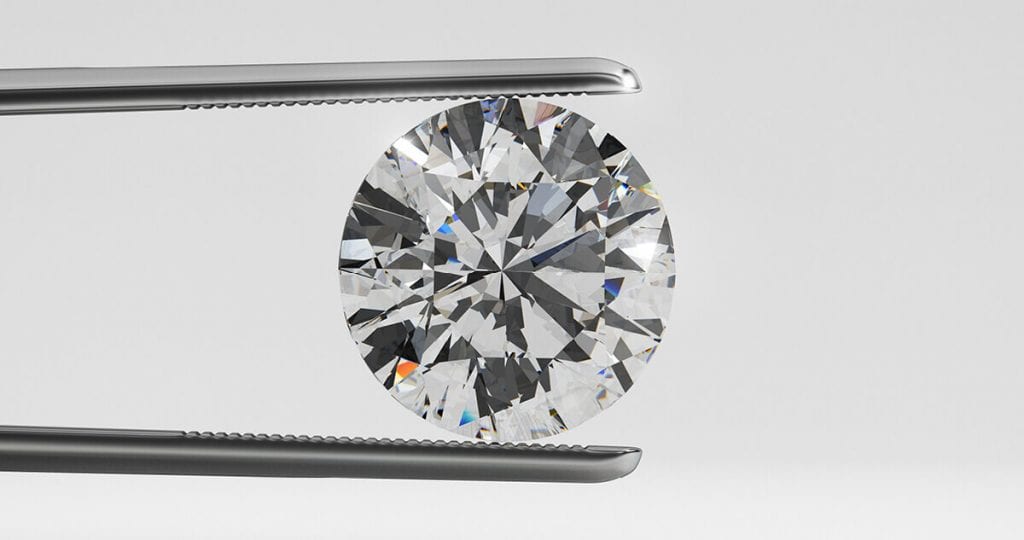How Much Is A 45 Carat Diamond Worth

The mystique surrounding diamonds, especially those of exceptional size, is undeniable. Imagine a single gemstone, a 45-carat diamond, radiating brilliance and capturing the light with unparalleled intensity. But beyond the sheer spectacle, lies a question of immense financial weight: What is such a treasure truly worth?
Determining the price of a 45-carat diamond is far from simple. Its value hinges on a complex interplay of factors, including the 4Cs – carat, cut, color, and clarity – as well as market demand, provenance, and current economic conditions. This article delves into the intricate world of diamond valuation, exploring the various elements that contribute to the final price tag of these rare and exquisite gems.
The Core Determinants: The 4Cs
The 4Cs form the bedrock of diamond valuation. Carat, referring to the diamond's weight, is the most immediately obvious factor. A 45-carat diamond is inherently rare, placing it in a league of its own.
However, size alone is not enough. Cut refers to the diamond's proportions, symmetry, and polish, influencing its brilliance and fire. An expertly cut diamond will maximize light reflection, enhancing its beauty and value.
Color, graded on a scale from D (colorless) to Z (light yellow or brown), also plays a crucial role. Colorless diamonds are generally more valuable, but fancy colored diamonds (e.g., pink, blue, yellow) can command even higher prices depending on their intensity and rarity.
Clarity refers to the absence of inclusions (internal flaws) and blemishes (surface imperfections). A flawless diamond is exceptionally rare and, consequently, extremely valuable.
The Impact of Rarity and Color
The rarity of a 45-carat diamond cannot be overstated. Diamonds of this size are seldom found, making them highly sought after by collectors and investors. This inherent scarcity drives up the price considerably.
Colored diamonds introduce another layer of complexity. If the 45-carat diamond is a fancy color, its value could skyrocket. According to industry experts, a vivid pink or blue diamond of this size could fetch tens of millions of dollars, potentially surpassing even the most flawless colorless diamond.
Beyond the 4Cs: Additional Valuation Factors
While the 4Cs are fundamental, other factors can significantly influence a diamond's value. Provenance, or the diamond's history and origin, can add substantial value, particularly if it has belonged to royalty or a historical figure.
Market demand also plays a crucial role. Like any commodity, diamond prices are subject to fluctuations based on supply and demand. Periods of economic prosperity often see increased demand for luxury goods, driving up diamond prices.
The reputation of the seller and the certification from a reputable gemological laboratory, such as the Gemological Institute of America (GIA), are also critical. A GIA certification provides an independent assessment of the diamond's quality, ensuring transparency and building trust with buyers.
Economic instability and global events can also exert pressure on diamond prices. Uncertainty can lead to both increased investment in tangible assets and decreased consumer spending, creating volatility in the market.
Estimating the Price: A Difficult Task
Given the multitude of factors involved, providing a precise estimate for a 45-carat diamond is challenging. However, based on publicly available data and expert opinions, a colorless, flawless 45-carat diamond could easily be worth several million dollars.
Fancy colored diamonds, as previously mentioned, could command even higher prices. Ultimately, the final price would be determined by a negotiation between buyer and seller, taking into account all relevant factors.
It is important to consult with experienced gemologists and appraisers to obtain an accurate valuation. Their expertise can provide valuable insights and ensure a fair transaction.
The Future of Diamond Valuation
The diamond market is constantly evolving. Advances in technology, such as improved cutting techniques and more sophisticated grading methods, continue to shape the industry.
The rise of lab-grown diamonds also presents a new dynamic. While not directly comparable to natural diamonds, their increasing popularity may impact the value of certain natural stones. As consumers become more educated and aware of the ethical and environmental considerations surrounding diamond mining, the industry is adapting to meet these changing demands.
Ultimately, the value of a 45-carat diamond remains a testament to its rarity, beauty, and enduring appeal. While the exact price may vary, its status as a coveted treasure is undeniable.
